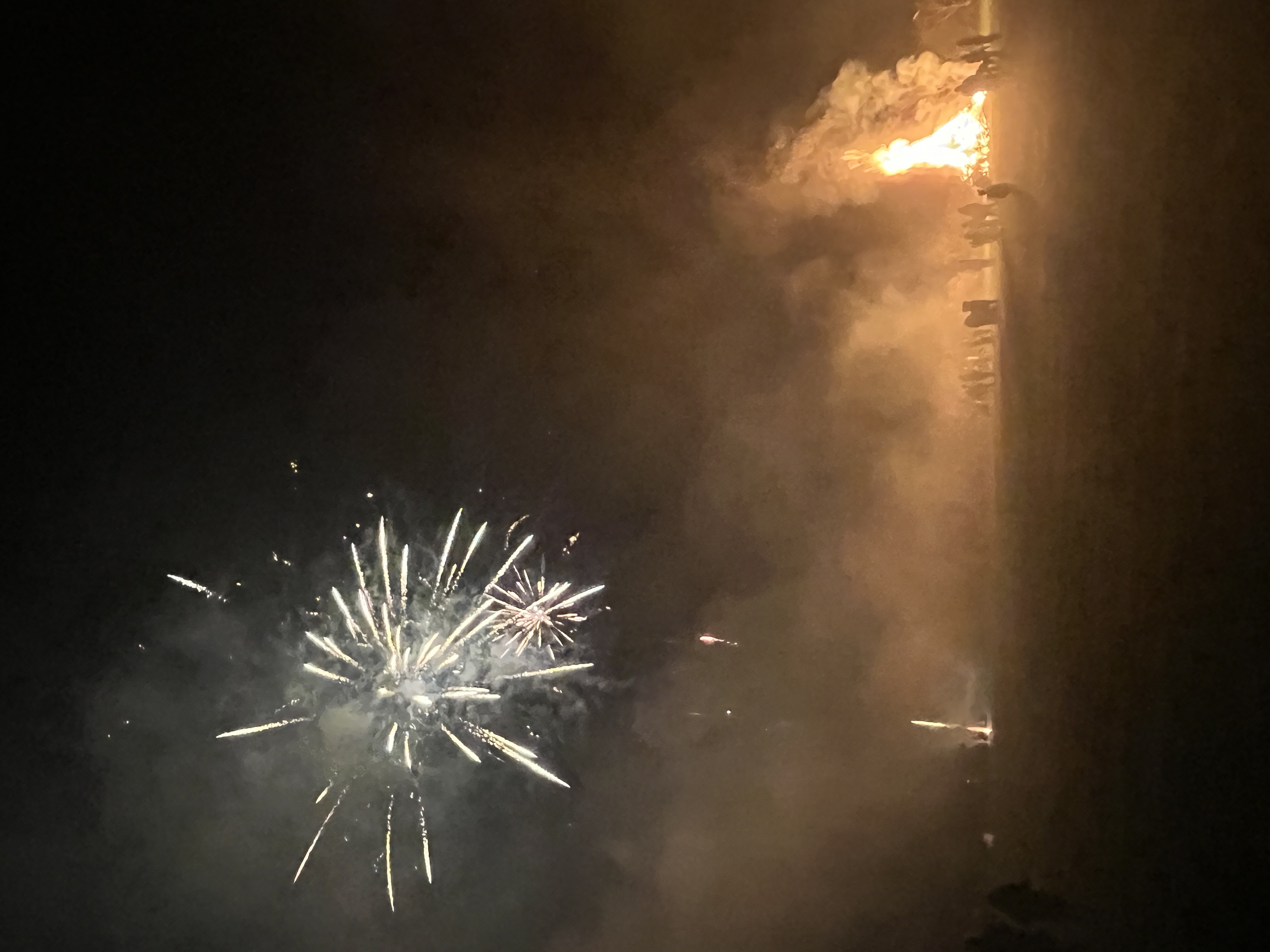C6
Cards (29)
- What do steeper lines on a rate of reaction graph indicate?
- In what units can the amount of product be measured?
- How can more product be formed in a reaction?
- What do flat lines on a rate of reaction graph indicate?
- How is time typically measured in reactions?
- What is the formula for mean rate of reaction?
- What are the common units of rate of reaction?
- How do you find the rate at a specific point on a graph?
- What does the gradient of a rate graph represent?
- How do you calculate the mean rate over a period of time?
- What does collision theory state about reaction rates?
- What is activation energy?
- How does temperature affect reaction rates?
- What happens to particles at higher temperatures?
- How does pressure or concentration affect reaction rates?
- What is the effect of surface area on reaction rates?
- What do catalysts do in a reaction?
- How does the size of solid pieces affect reaction rates?
- What are enzymes?
- When can equilibrium be reached in a reaction?
- What does the equation A + B ⇌ C + D represent?
- What happens to concentrations at equilibrium?
- How does cooling affect the direction of a reversible reaction?
- How does heating affect the direction of a reversible reaction?
- What is Le Chatelier's Principle?
- What happens when temperature increases in a reversible reaction?
- What happens when pressure increases in a reversible reaction?
- What happens when the concentration of reactants increases?
- What happens when the concentration of reactants decreases?
